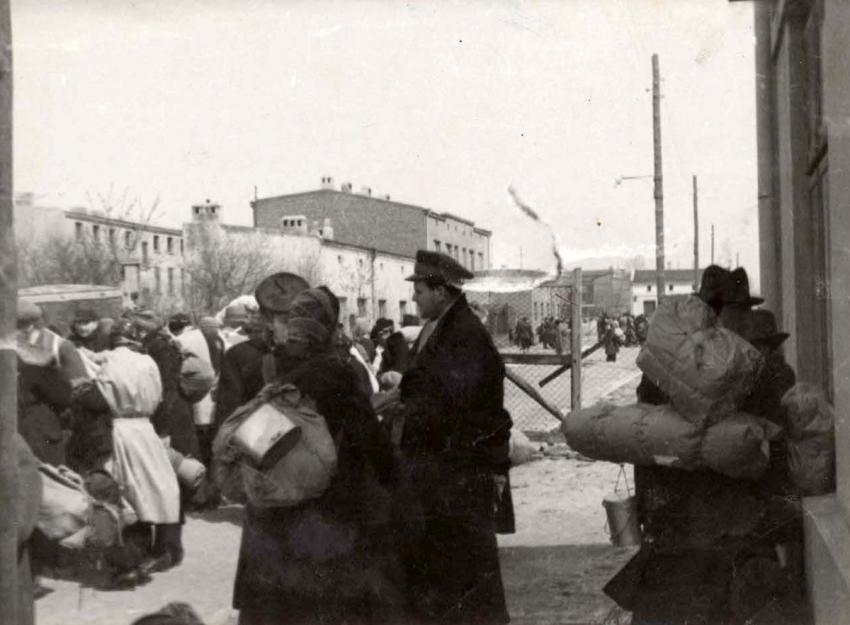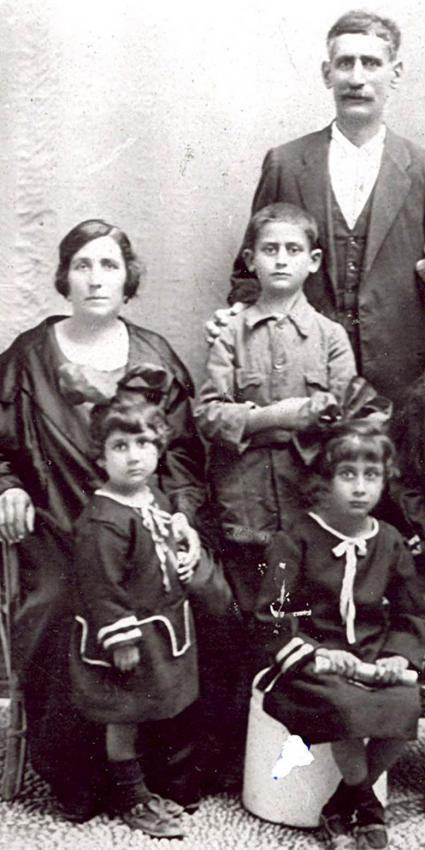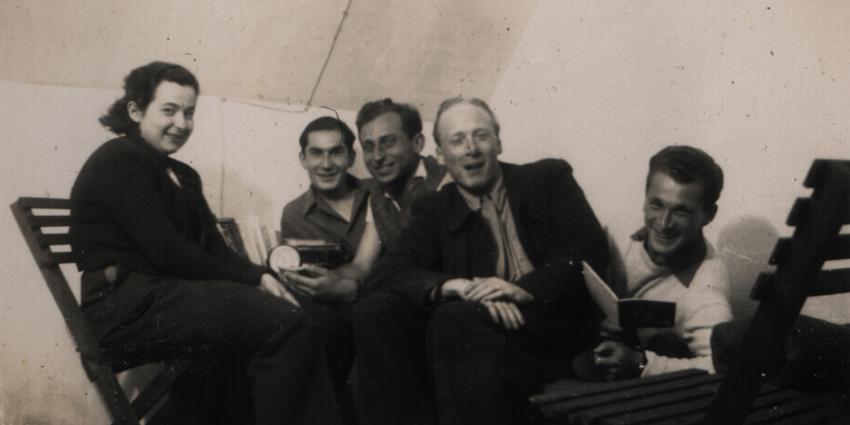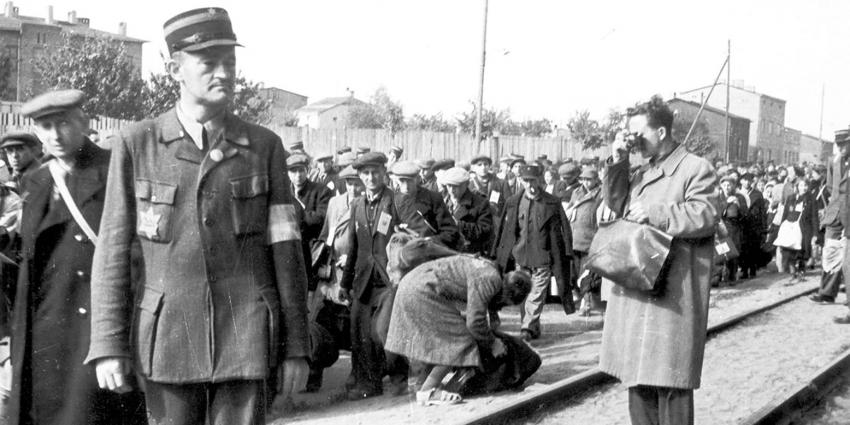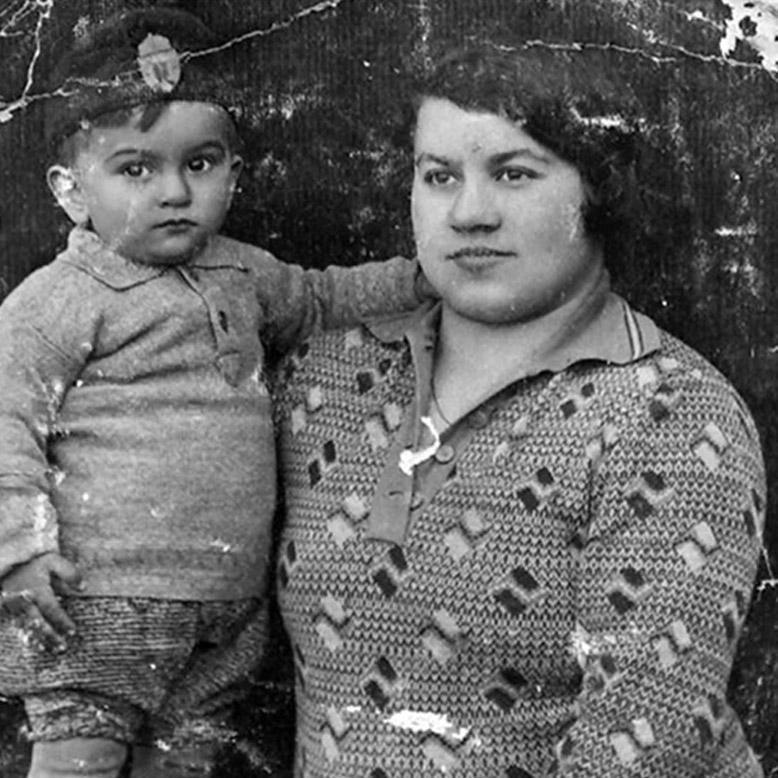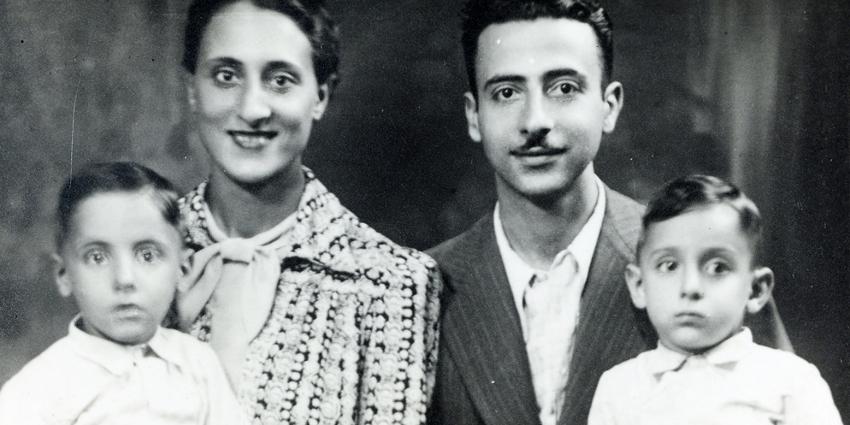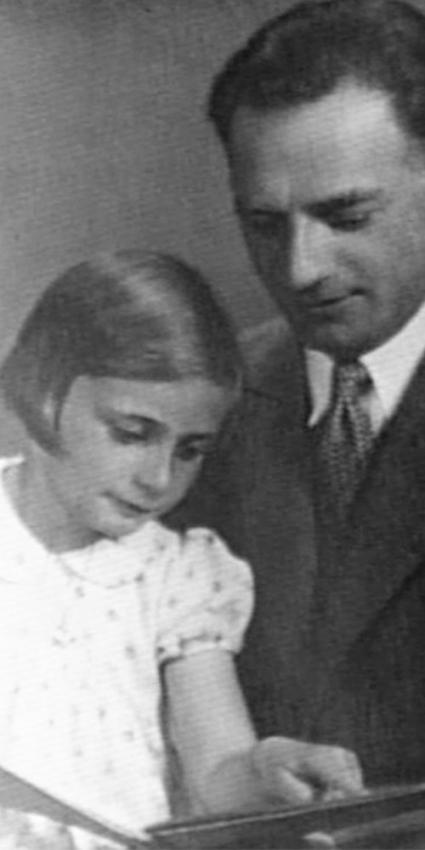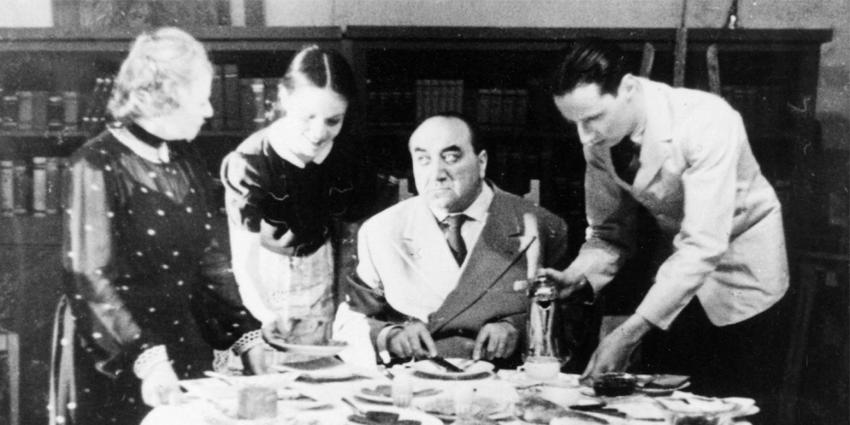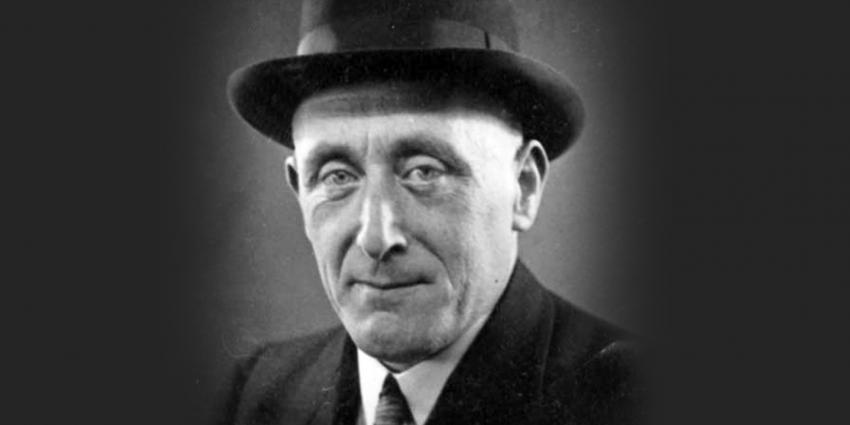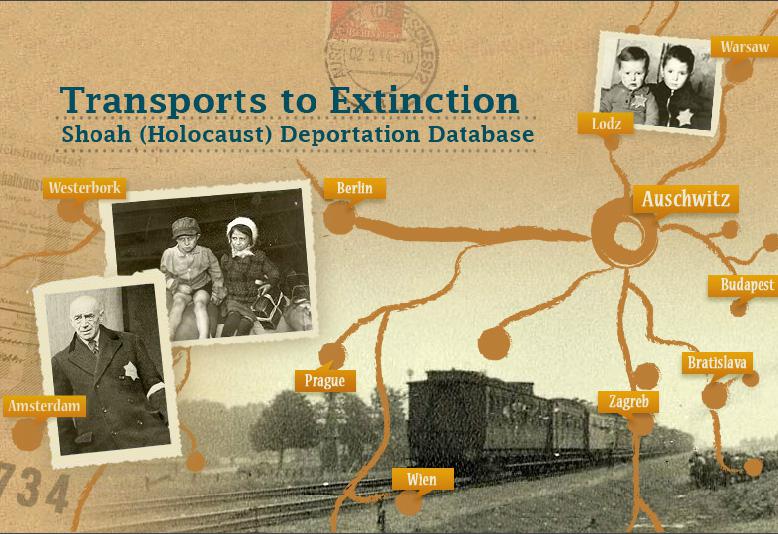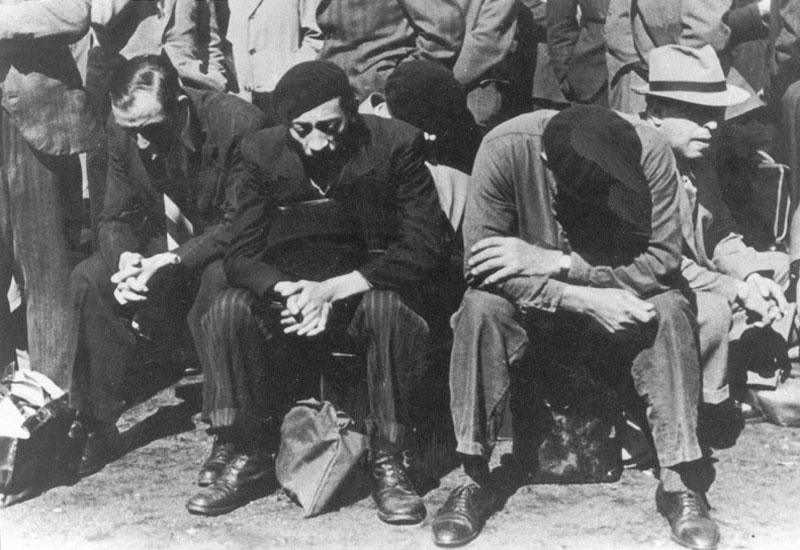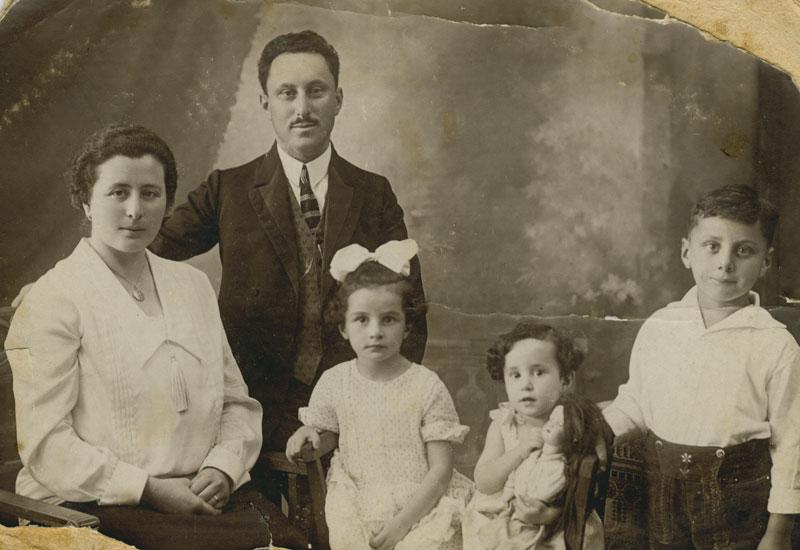Intro
Transports to Extinction
In keeping with the policy of the "Final Solution," during World War II the Germans and their collaborators uprooted millions of Jews from their homes and deported them to their deaths. This meticulously organized operation was an event of historic significance, obliterating Jewish communities throughout German-occupied territory that had existed for centuries. Vast numbers of Jews were sent straight to the extermination sites, while many others were first taken to ghettos and transit camps. Thus, the cattle – or railway – car, the principal mode of Nazi deportation, became one of the most iconic symbols of the Holocaust. Originally a symbol of progress, globalization and human technological prowess during the nineteenth and twentieth centuries, the railway car warped into the emblem of the backsliding of human values into the abyss of wholesale mass murder on an unprecedented scale. Continue reading
Related Video

